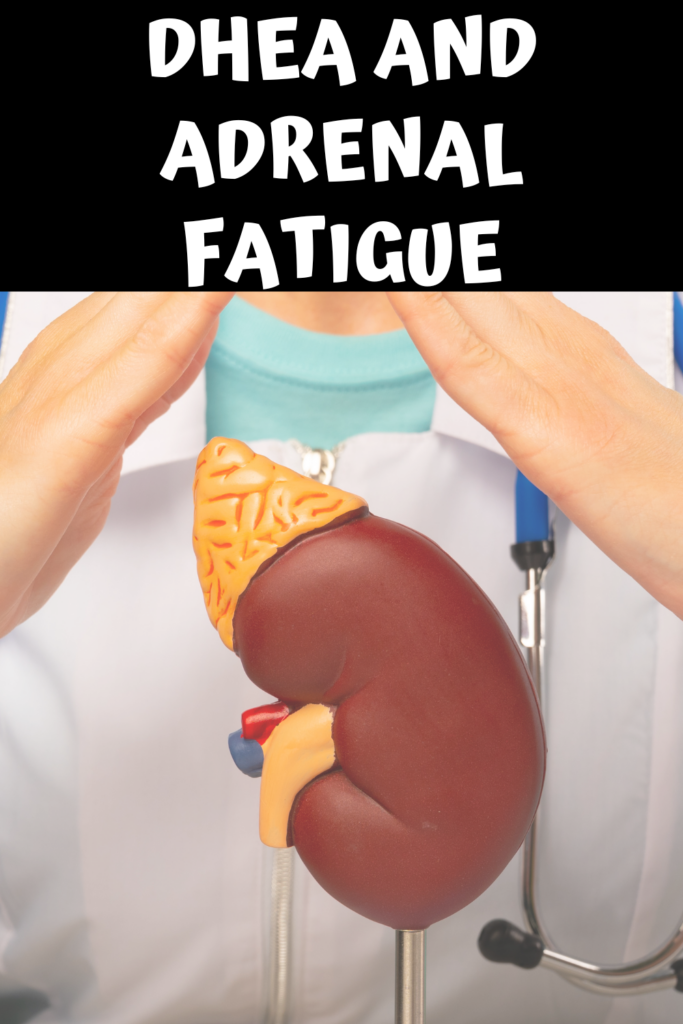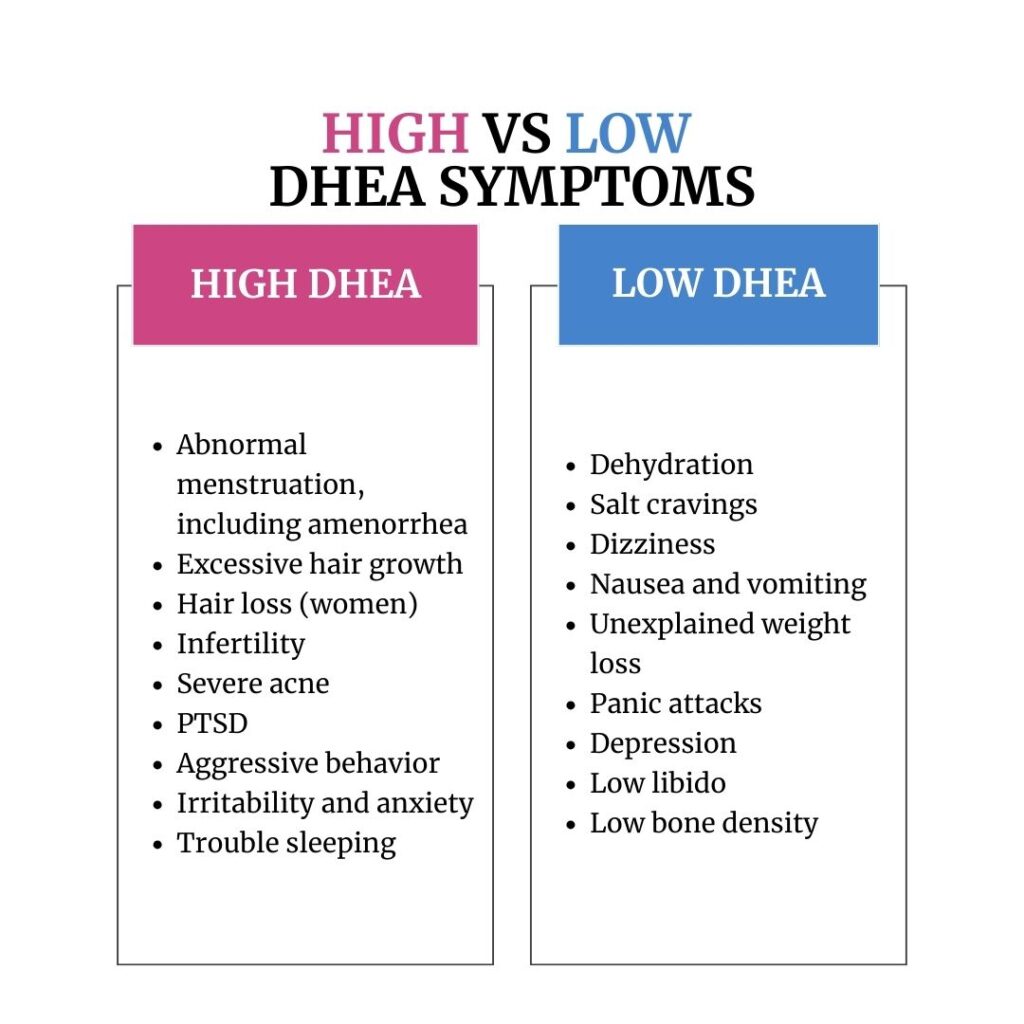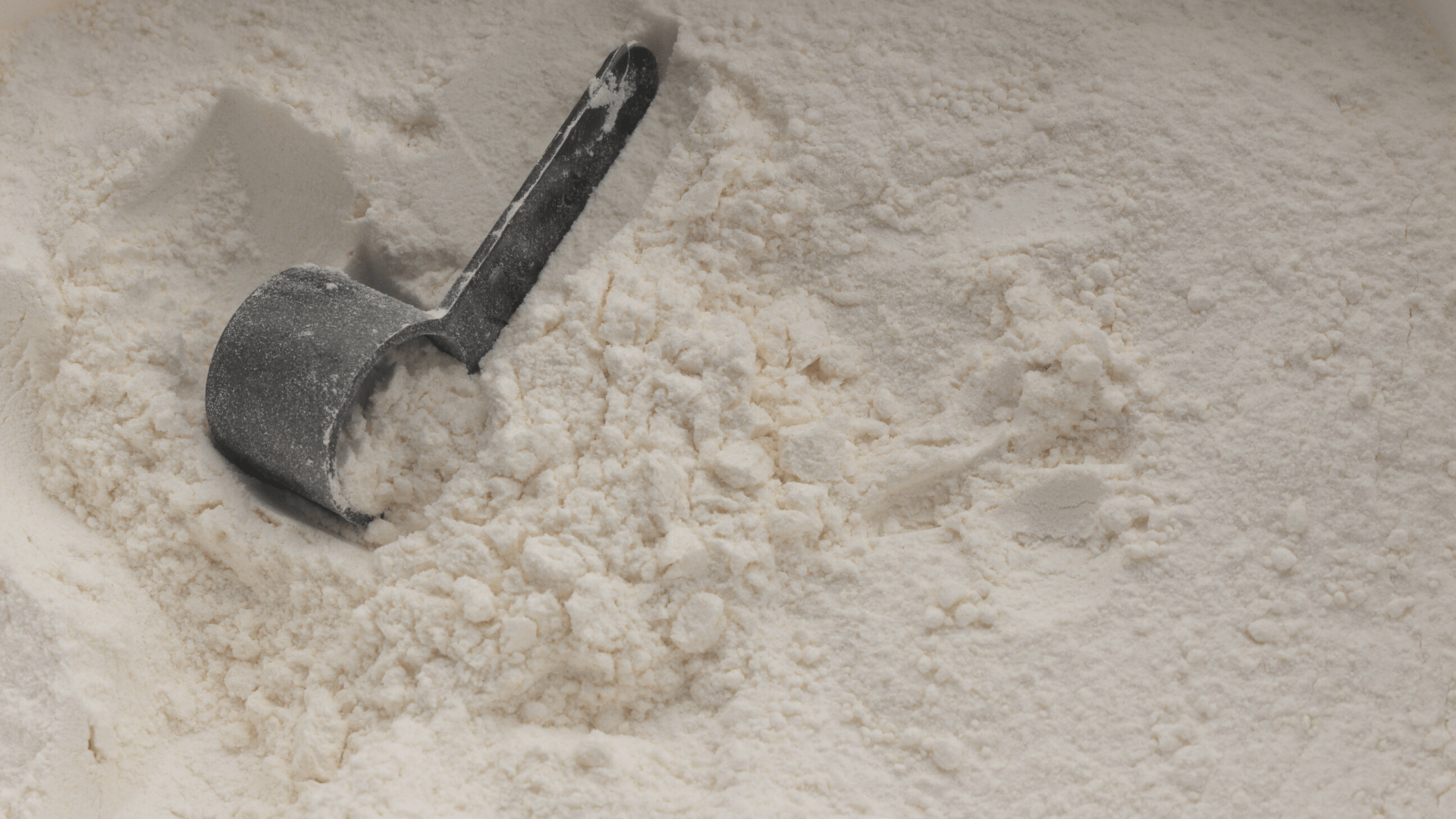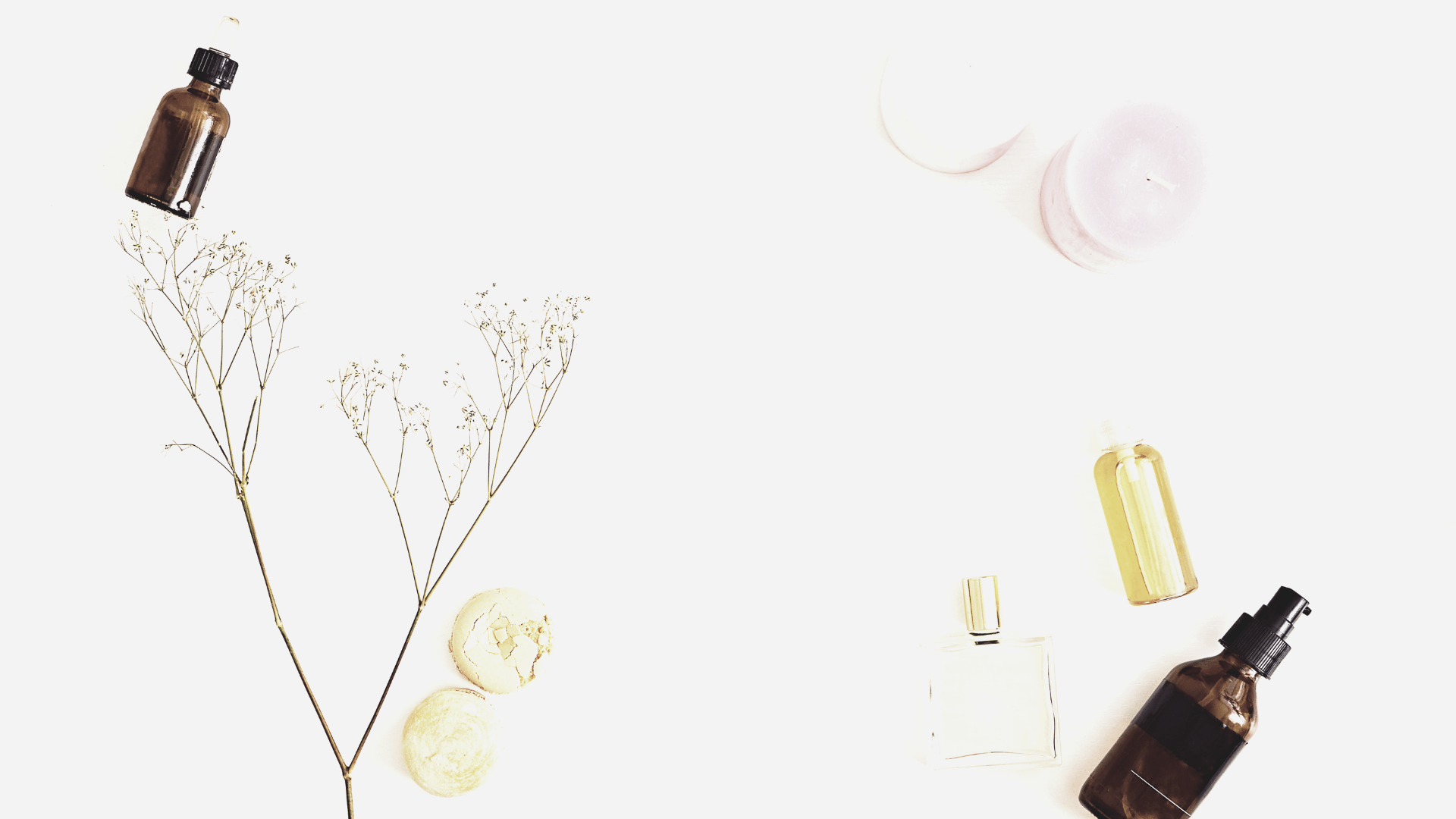Wondering what DHEA has to do with adrenal fatigue?
I did, too, which is why I wanted to put this article together.
[Interested in my personal + FULL adrenal journey, just join below. You’ll be granted instant access.]
Recently I published an article about adrenal fatigue and cortisol production, so this is sort of a follow up to that.
If this is your first time here and/or hearing of this term “adrenal fatigue,” you might want to start by reviewing adrenal function information:
- Adrenal Fatigue aka HPA axis dysfunction
- What are the adrenal glands?
- What is cortisol?
- Differences between high cortisol levels and low cortisol levels
- Causes of low adrenal production of cortisol
- How to support cortisol levels
DHEA Adrenal Fatigue
Click HERE to save this article on DHA and adrenal fatigue for later.

Like cortisol, DHEA has a lot to do with adrenal fatigue.
Let’s break it down.
What is DHEA
DHEA (Dehydroepiandrosterone) is a hormone that the body naturally produces in the adrenal gland.
Here are some facts to know about DHEA:
- It’s a steroid hormone made from cholesterol
- Primarily produced in the adrenal glands
- Helps produce other hormones, including testosterone and estrogen
- DHEA levels slowly fall as we age; By the time you reach your 70s or 80s, your DHEA levels may only be 10 to 20 percent of what they were during their peak
- Lower DHEA levels have been associated with heart disease, depression and mortality
- DHEA positively influences mood, subjective health status, and sexual health
- In women with adrenal insufficiency, DHEA decreased feelings of anxiety and depression, as well as improved overall well-being and sexual satisfaction
Normal Levels of DHEA
Remember that because DHEA levels fall as we age, “normal” can differ depending on your age.
Since this is a website focusing on women, here are the typical normal ranges of DHEA for females:
- Ages 18 to 19: 145 to 395 micrograms per deciliter (µg/dL) or 3.92 to 10.66 micromoles per liter (µmol/L)
- Ages 20 to 29: 65 to 380 µg/dL or 1.75 to 10.26 µmol/L
- Ages 30 to 39: 45 to 270 µg/dL or 1.22 to 7.29 µmol/L
- Ages 40 to 49: 32 to 240 µg/dL or 0.86 to 6.48 µmol/L
- Ages 50 to 59: 26 to 200 µg/dL or 0.70 to 5.40 µmol/L
- Ages 60 to 69: 13 to 130 µg/dL or 0.35 to 3.51 µmol/L
- Ages 69 and older: 17 to 90 µg/dL or 0.46 to 2.43 µmol/L
When test results show that you have too little or too much DHEA (and not in the normal range), these are some of the symptoms you might experience.
High vs. Low DHEA Symptoms
| HIGH DHEA SYMPTOMS | LOW DHEA SYMPTOMS |
| Abnormal menstruation, including amenorrhea | Dehydration |
| Excessive hair growth | Salt cravings |
| Hair loss (women) | Dizziness |
| Infertility | Nausea and vomiting |
| Severe acne | Unexplained weight loss |
| PTSD | Panic attacks |
| Aggressive behavior | Depression |
| Irritability and anxiety | Low libido |
| Trouble sleeping | Low bone density |

Adrenal Gland, Stress Response + DHEA
The adrenal gland produces adrenaline, which stimulates the stress response.
We all know what adrenaline is, and for the most part, find is useful (dare I say even thrilling sometimes?!)
But the adrenal gland also produces cortisol and DHEA.
Cortisol and DHEA create the short and long term stress hormone responses.
And BOTH are essential for life; but too much or too little can present problems (even life threatening ones).
Causes of Low DHEA
While the main cause of chronically low DHEA is Addison’s disease, here are 6 other causes of DHEA deficiency:
- Adrenal glands are simply not making enough hormones
- Damage to the adrenal gland
- Diseased pituitary gland (Hypopituitarism)
- Medications (like corticosteroids and estrogen supplements)
- Chronic stress
- Autoimmune disorders
These health issues for not getting enough DHEA can have serious side effects, and make the everyday life exhausting.
DHEA vs DHEA-S
When researching DHEA, you will likely stumble upon DHEA-S as well.
I’ve already covered DHEA, so then what is DHEA-S?
DHEA-S is the “storage” form of DHEA.
DHEA-S, short for DHEA sulfate, is a sulfated form of DHEA – meaning that it has an extra sulfate molecule attached to DHEA. In contrast to DHEA, DHEA-S is almost exclusively produced in the adrenal cortex in women. When we take DHEA orally, DHEA is converted into DHEA-S in the liver and intestines and starts circulating in the body as DHEA-S.
One important difference between DHEA and DHEA-S is their stability. DHEA’s half life is just 15-30 minutes, while DHEA-S is far more stable in the body, with a half life of up to 10 hours. Because of this difference, a vast majority of the DHEA we have in the body is actually in the form of DHEA-S. It’s the “circulating” or “storage” form of DHEA.
What this means for me personally is now that I’m taking DHEA, my healthcare provider is likely to check DHEA-S levels to see if I’m taking the right amount of DHEA for overall health.
Ways to Increase DHEA
So your DHEA is low due to adrenal fatigue and/or adrenal exhaustion?
What are you supposed to do to achieve adequate levels of DHEA?
Here are the 6 main things I’m doing and focusing on:
- DHEA supplementation – THIS is the DHEA supplement I take (for more on all supplements I”m taking since the adrenal fatigue diagnosis, join THIS. You’ll be granted instant access, and I’m sharing it all!)
- Keeping my diet in check (the full 10-days of dietary guidelines for adrenal fatigue can be found as a bonus inside the 21-Day Quick Gut Detox)
- Moderate exercise – not inactivity and also not too much; this is a fine line (and one that’s been really hard for me to tiptoe)
- Stress management – THIS – STRESS – is how I got here. There are probably 1,000 different things I’m trying to reduce stressful situations (even perceived ones), but making the decision to finally do the Chopra Ayurvedic Health Certification Program through the Institute for Integrative Nutrition has been one of the best!
- Sleep – A lack of sleep will only make the condition worse. I’m using my Oura ring to understand the quality of sleep I’m getting as well.
- Hormone replacement therapy – sometimes this is needed. And for the record, now that I’ve reached this point on my journey, I do have to do this. Again, more on that via my full Adrenal Fatigue Journey. (I am not doing hormone replacement therapy according to conventional medicine.)
What is not debatable is that lifestyle changes must be made.
I’m working through these now, on a deeper level than before.
Honestly? My nervous system is shot. In times of stress, due to the already declining function of cortisol and DHEA, I must get a grip on it all.
Also, have I mentioned yet that this is not easy?! 🙂
But the quality of life depends on it.
If you liked this article on DHEA as it relates to adrenal fatigue, you might also enjoy:
Xox,
SKH
🤰 bloating be gone! weight loss through optimal gut health for women
💃ʜᴇᴀʟ ʏᴏᴜʀ ɢᴜᴛ. ʜᴇᴀʟ ʏᴏᴜʀ ʟɪfe.
🫶🏻 founder gutbyome.com






![Chocolate Protein Pancake Recipe [Gluten, Grain, and Dairy Free]](https://agutsygirl.com/wp-content/uploads/2022/08/chocolate-pancake-featured.png)